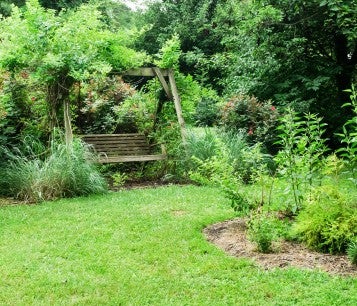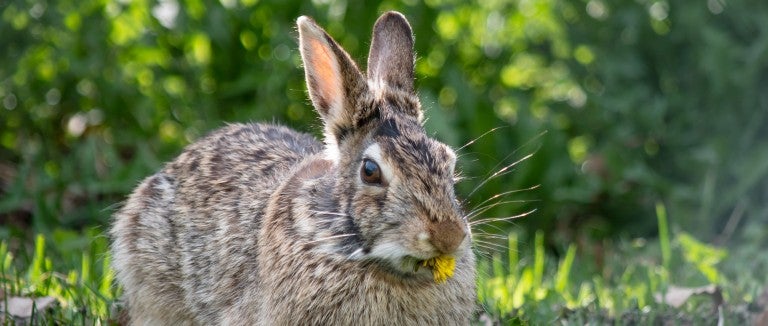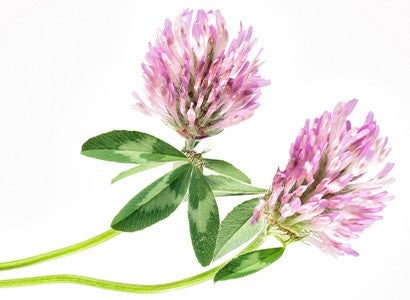Somewhere between childhood and middle age, people’s natural affinity for wildlife often melts away, overtaken by exaggerated fears of marauding armies of deer, insects and raccoons intent on invading our gardens and homes.
Scorn for rabbits, the sensitive stars of many a bedtime story, is particularly ubiquitous. In New York, a friend recently relocated one for the crime of eating lettuce, likely condemning him to an early death. In South Dakota, a gardener assailed an animal services director for refusing to trap “vermin” rabbits in her backyard. In South Carolina, a plant nursery calls rabbits “some of the sneakiest and most destructive forces nature has in her arsenal.”
Why all the bunny hate? Beyond propaganda from pest control and landscaping industries, our view of these animals is more cavalier: We take them for granted, assuming rabbits will always breed like rabbits and remain immune to whatever harm we inflict.
But worldwide, many rabbit species, including at least a half dozen in the U.S., are victims of habitat loss, climate change and other human-caused threats. Even Eastern cottontails, our most common rabbits, have declined in parts of the Midwest and elsewhere; in Washington, D.C., they’re listed as a species of greatest conservation need.
Despite the losses, scientists don’t think the adaptable Eastern cottontails are in imminent jeopardy. But the story of their northern cousins reminds us that common animals don’t always remain so: Once abundant, only a few thousand New England cottontails likely remain. With smaller eyes than Eastern cottontails, they are less adept at spotting predators and need more of the brushy habitat that’s now been replaced by agricultural monocultures and mature forest canopy.
A humane backyard is a natural habitat offering wildlife plenty of food, water and cover, plus a safe place to live free from pesticides, chemicals, free-roaming pets, inhumane practices and other threats. And it's so easy to build!

Cover up
Just as hedgerows have disappeared from farms and parklands, typical yards lack middle vegetative layers. Add escape routes by planting native roses, brambles and other dense shrubs; these include dogwoods and viburnums in temperate areas or, for desert cottontails, catclaws and rabbitbrush. Underneath shrubs, native groundcovers mixed with fallen leaves provide cozy nesting sites.
Know your neighbors
Cottontail breeding season starts in January in Alabama and March in Wisconsin. Walk your property regularly, advises Cynthia Rohkamm, a volunteer licensed rehabilitator for the South Florida Wildlife Center. “Be aware of what could possibly be hiding in there. They don’t make an elaborate nest—it’s just a small depression.” Decorative fencing can mark locations while leaving space for mama rabbits to enter. Walk curious pooches on leashes until young families have left.
Protect nurseries
Many gardeners assume babies uncovered during spring cleanup are orphaned, even though mothers forage nearby. “People’s first impulse is to pick up a rabbit and bring it right to us, but they’re so much better off where they are,” says Millman. “You can just cover the nest back over.” To be sure Mom is still around, lay twine across the nest in a grid pattern; if she returns to nurse, it will be askew.
Leave “weeds”
Rabbits don’t hibernate, eating buds, bark and twigs in winter. Allow saplings to sprout, and chances are rabbits will help you with your pruning. If you fence leafy greens in spring, nurture any rabbit delicacies sprouting at the perimeter, including grasses, goldenrods, clovers, dandelions and plantains.
Think like a rabbit
Don’t relocate rabbits, a disorienting experience that makes them easy prey. Instead, try seeing the world from their perspective, perhaps rereading The Velveteen Rabbit and the Peter Rabbit books to recapture the empathy for these gentle creatures we all once possessed.
Want more content like this?
This was written and produced by the team behind All Animals, our award-winning magazine. Each issue is packed with inspiring stories about how we are changing the world for animals together.
Learn MoreSubscribe

